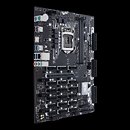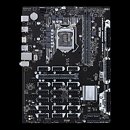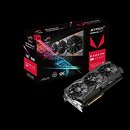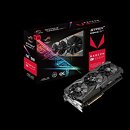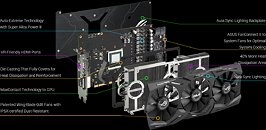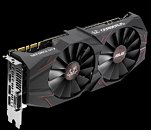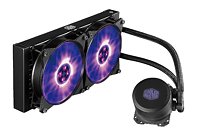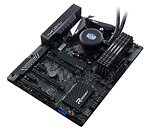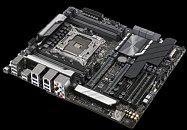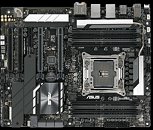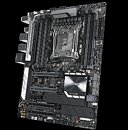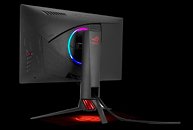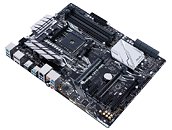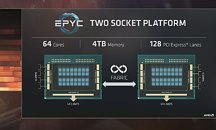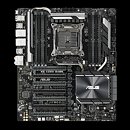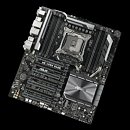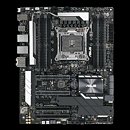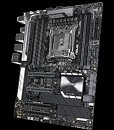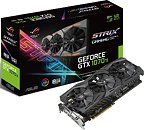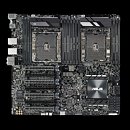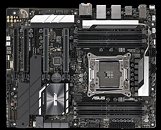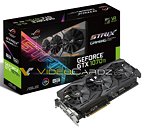
Microsoft Discounts Mixed Reality HMDs by up to $200 Today Only
As part of Microsoft's "12 Days of Deals" push towards achieving more and better sales of Microsoft-branded products, the company has pushed a pretty hefty discount for its MR HMDs mere months after their release. The discounts see the Acer Windows Mixed Reality, Dell Visor, HP, and Lenovo Explorer take price-cuts of $200 over the base price, while Samsung's Odyssey HMD sees a much more level $50 price-cut.
With a move so close to holiday season and in the wake of steep discounts from Virtual Reality headset makers Oculus and HTC, Microsoft is pushing as hard as it can towards shipping enough units to build a new VR ecosystem. Consumers are the ones that stand to gain the most here, however. Though if you want to get your hand son one of these, be fast: the Acer and Dell options are already sold out, and the others' supply might also be inferior to the demand. So go there, and grab them while they're hot.
With a move so close to holiday season and in the wake of steep discounts from Virtual Reality headset makers Oculus and HTC, Microsoft is pushing as hard as it can towards shipping enough units to build a new VR ecosystem. Consumers are the ones that stand to gain the most here, however. Though if you want to get your hand son one of these, be fast: the Acer and Dell options are already sold out, and the others' supply might also be inferior to the demand. So go there, and grab them while they're hot.


